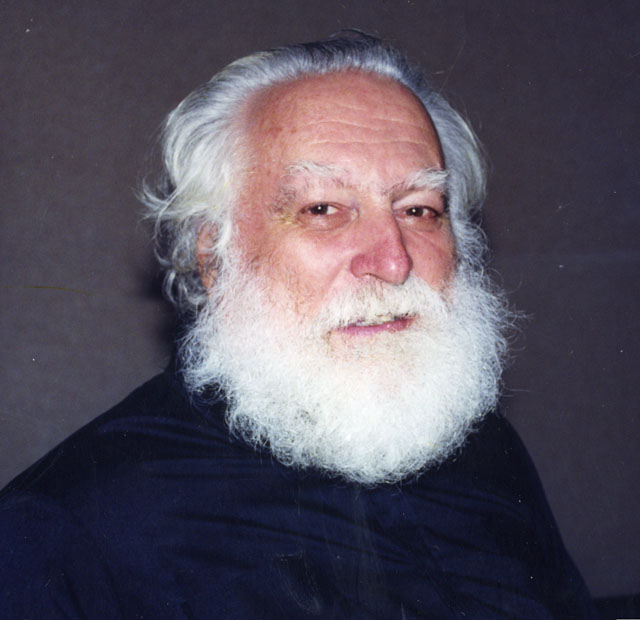Very different places
By Fr. Al Felix, S.F.M.
April 2000
Return to Table of Contents
Print Article
Fr. Al Felix compares his hometown of Saskatchewan with the Guyana mission in which he served.
I was born and raised in Canada, in the province of Saskatchewan. It is an area of approximately 220,000 square miles and some 900,000 people whose numbers are declining as many move to the neighbouring provinces of Alberta and British Columbia. Primarily a farming community, most people in Saskatchewan live on farms, far from neighbours and highways.
In 1964 I was assigned as a newly-ordained priest to serve in the town of Springlands, Guyana. Situated on the northeastern coast of South America, Guyana is a little over 83,000 square miles and has a population of 775,000. Because of emigration, population growth is less than one percent. The people live along the Atlantic Ocean or along some river or creek, many farming their tiny piece of land and selling their produce on the main road in front of their homes.
Guyana is called the country of six peoples. The largest group, 51%, are the Indo-Guyanese (East Indian descent); 43% are Afro-Guyanese (African descent); 4% are Amerindians (Native people); and Chinese, Portuguese, and persons of British descent make up 14%.
It is a nation of primarily Hindus, Muslims, and Christians, with 37% belonging to the Hindu religion; 9% Muslim; and 54% Christian denominations of which 11% are Catholic.
The Springlands parish where I serve includes the town of Black Bush Polder and Siparuta, the Amerindian mission. Sugar cane is Springlands’ main source of income; Black Bush Polder is all rice farming; Siparuta has logging and gardening.
From Siparuta to Black Bush Polder is 100 miles which makes it the second largest parish in Guyana geographically, and yet there are only about 1,000 Catholics.
The road passing in front of the church in Springlands is some 50 miles long. It starts in New Amsterdam and ends five miles beyond here in Crabwood Creek. Observing the traffic for 15 minutes during rush hour one day, I counted one donkey, 23 donkey carts, 35 small buses, 19 larger buses, 55 bicycles, 10 trucks, 17 motorcycles, and 70 pedestrians.
Along the 32 mile road in the region called Essequibo where I served from 1992 to 1994, there are 296 beer and rum shops or a combination of both; 20 schools; 15 stores selling either groceries or clothing; seven hardware stores; ten garages repairing cars and tractors and doing welding; two hospitals and five health clinics. There are ten Muslim mosques, eight Hindu temples, and nine Christian churches.
Sparsely populated
In comparison, Saskatchewan has probably the most sparsely populated countryside in the world. At our family farm we have no neighbours to the east for six miles, none to the south for five and a half miles, and none to the west for four miles. Our closest neighbour is a mile and a quarter to the north.
The road south of our place goes 32 miles to Watrous Beach. On that stretch there is only one store, one garage, and one beer store which sits a quarter of a mile off the main road.
In a whole day maybe one person will pass by our home. In the winter, you might not see anyone pass all day.
Please, as the song goes, “bury me not on the lone prairie.” Or is it the way some say, “Please bury me on the lone prairie.” At present I thank God I am alive and in good health. The main thing is to get to Heaven.
This article was mailed to us from Guyana by Fr. Al Felix. It arrived shortly after we received the news of his accidental death by drowning last August. Fr. Al had slipped and hit his head while fishing in a shallow trench behind the parish rectory.
Return to Table of Contents
Print Article
